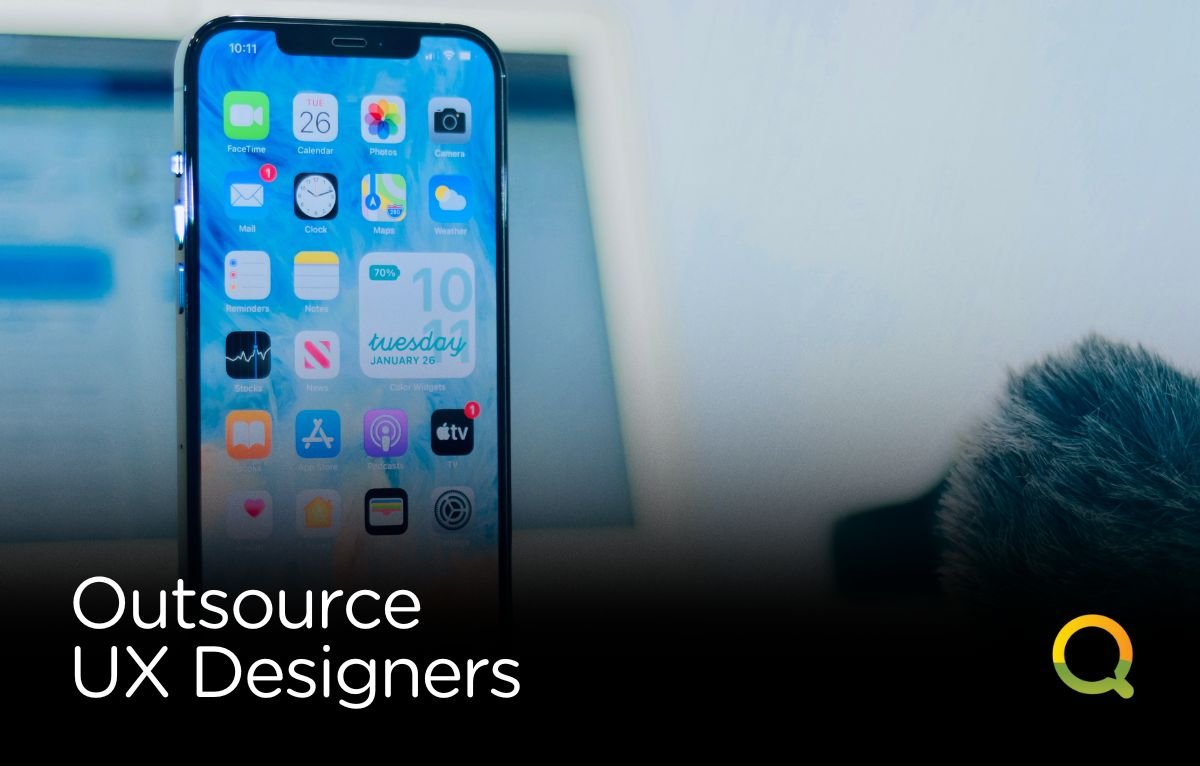
Great design isn’t only about colors or layouts; it’s about creating experiences that users enjoy.
As more companies shift operations online, the demand for seamless websites and apps is exploding.
Many businesses are now looking into how to outsource UX designers in the Philippines as a cost-effective way to elevate their digital platforms while staying competitive.
Every click, scroll, or interaction shapes how users feel about your brand. A clunky checkout process can cause cart abandonment, while intuitive navigation can encourage repeat visits.
Businesses that fail to prioritize UX often lose ground to competitors with smoother, smarter digital experiences.
This is why the role of UX designers is growing rapidly. By outsourcing to the Philippines, you can access skilled professionals who know how to combine aesthetics with usability.
Filipino UX designers bring creativity, cultural adaptability, and excellent English communication skills.
They are trained in leading design platforms like Figma, Sketch, and Adobe XD, making them ready to jump into projects for global clients.
Working with talent in the Philippines also gives businesses flexibility. You can scale design support based on project needs without the overhead of full-time hires.
Lower costs compared to Western markets make this an attractive choice for startups and established brands alike.
Many assume UX designers only create wireframes or mockups. In reality, their work covers the entire customer journey. A UX designer can:
The goal is to remove friction and enhance usability, making every interaction simple, logical, and engaging.
When you figure out how to outsource UX designers in the Philippines, you gain access to professionals who think about the bigger picture, not just visuals.
One of the biggest concerns with outsourcing is communication. However, Filipino professionals are known for their adaptability in remote environments.
Most are comfortable working with collaboration tools like Slack, Asana, and Zoom. They can align with your schedule or operate asynchronously, ensuring progress continues around the clock.
Creating an effective workflow starts with clear onboarding. Provide project goals, timelines, and brand guidelines up front.
Set up regular feedback loops and encourage open communication. This transforms an outsourced designer into an integrated member of your team.
When considering how to outsource UX designers in the Philippines, many businesses underestimate the importance of research.
Jumping straight into visuals without understanding user needs leads to short-lived improvements. Prioritize designers who emphasize testing and iteration.
Another mistake is treating outsourced UX talent as temporary fixers. The best results come when they are included in strategy discussions.
They can provide insights that shape marketing, product features, and even customer service improvements.
Businesses also sometimes expect results too quickly. UX design is a process that requires testing, refinement, and iteration. Giving your designer space to experiment and adjust based on feedback ensures a more successful outcome.
Good UX design goes beyond making things look attractive. It reduces bounce rates, increases conversions, and improves customer retention.
Outsourcing gives businesses access to experts who can deliver these results without breaking budgets.
Once you’ve learned how to outsource UX designers in the Philippines effectively, you’ll notice the impact in customer satisfaction and brand perception.
Over time, smoother digital experiences build loyalty and encourage word-of-mouth referrals.
Outsourcing also gives you the ability to scale. A company may start with one project but quickly realize the value of ongoing improvements.
With dedicated designers available on a flexible basis, you can continually enhance your platforms and stay ahead of changing customer expectations.
One often overlooked benefit of outsourcing is innovation. Designers who work with international clients bring diverse experiences and creative approaches.
They see trends across industries and apply best practices to your business.
For example, a UX designer in the Philippines who has worked with e-commerce clients in multiple countries may suggest checkout improvements you hadn’t considered.
Or they may recommend micro-interactions and animations that create delight for your users. These innovations can make your brand stand out in crowded markets.
By tapping into this global perspective, businesses unlock new ways to connect with customers, blending tried-and-tested strategies with fresh creative ideas.
To maximize results, companies need to treat outsourced UX designers as partners rather than contractors.
Build trust through transparency: share your business goals, customer personas, and analytics. The more context you provide, the better your designer can tailor solutions.
Regular collaboration is also vital. Weekly meetings, design reviews, and open feedback channels help keep projects aligned with your vision.
Encourage your designer to challenge assumptions and propose bold ideas. This kind of partnership fosters growth on both sides.
Learning how to outsource UX designers in the Philippines is more than a cost-saving tactic. It’s a strategy for growth, innovation, and stronger customer connections.
With the right designers, businesses can deliver experiences that keep users engaged, satisfied, and loyal.
If your goal is to stand out in the digital landscape, Qupify can connect you with UX professionals who align design with business objectives.
Now is the time to take UX seriously and give your audience the seamless experiences they expect.